Discover the captivating charm of Trailing petunias. This guide covers everything you need to know to grow these cascading beauties, from planting to care and stunning display ideas.
In the world of vibrant and colorful flowers, trailing petunias stand out as true showstoppers. With their cascading blooms and trailing habit, these delightful plants have become a favorite among gardeners and homeowners alike. Whether you’re looking to add a splash of color to your hanging baskets, window boxes, or garden beds, trailing petunias are the perfect choice.
Here’s a concise information chart about trailing petunias:
| Attribute | Information |
|---|---|
| Botanical Name | Petunia spp. |
| Plant Type | Annual flowering plant |
| Zones | 2-11 (typically grown as annuals) |
| Exposure | Full sun to partial shade |
| Bloom Time | Spring to fall |
| Height/Spread | Height: 6 inches to 2 feet Spread: 1-3 feet |
This comprehensive guide will take you through the fascinating world of trailing petunias, from their history and varieties to planting techniques, care requirements, and creative display ideas. Whether you’re a seasoned gardener or a beginner, this guide will equip you with the knowledge and tools to grow and enjoy these captivating beauties successfully.
What are Trailing Petunias?

Trailing petunias, also known as spreading or cascading petunias, are a type of petunia cultivar that has been bred to produce a trailing or sprawling growth habit. Unlike their more compact counterparts, trailing petunias are characterized by their long, flowing stems that can reach up to several feet in length, adorned with an abundance of bright, trumpet-shaped flowers.
These stunning plants are prized for their ability to add a cascading, flowing effect to hanging baskets, containers, and window boxes, creating a stunning display of color and texture that is sure to catch the eye.
Popular Varieties of Trailing Petunias

With their versatility and range of colors, trailing petunias offer a wealth of options to choose from. Here are some popular varieties to consider:
- Wave Series: This popular series features vibrant colors and a spreading, cascading habit, making it perfect for hanging baskets and containers.
- Tidal Wave Series: Known for their large, ruffled blooms and vigorous trailing habit, the Tidal Wave series is a standout choice.
- Surfinia Series: With their self-cleaning ability and exceptional flowering power, the Surfinia series offers a wide range of colors and is ideal for both containers and garden beds.
- Supertunia Series: This series boasts large, vibrant blooms and a strong, cascading habit, making it a great choice for hanging baskets and planters.
- Cascadia Series: With their unique bicolor patterns and trailing growth, the Cascadia series adds a touch of whimsy to any garden display.
Planting Trailing Petunias
Successful planting is the foundation for a stunning display of trailing petunias. Here are some tips to ensure a strong start:
Timing
Trailing petunias thrive in warm weather and should be planted after the last frost in your area. In most regions of the United States, this typically falls between late April and early June.
Location
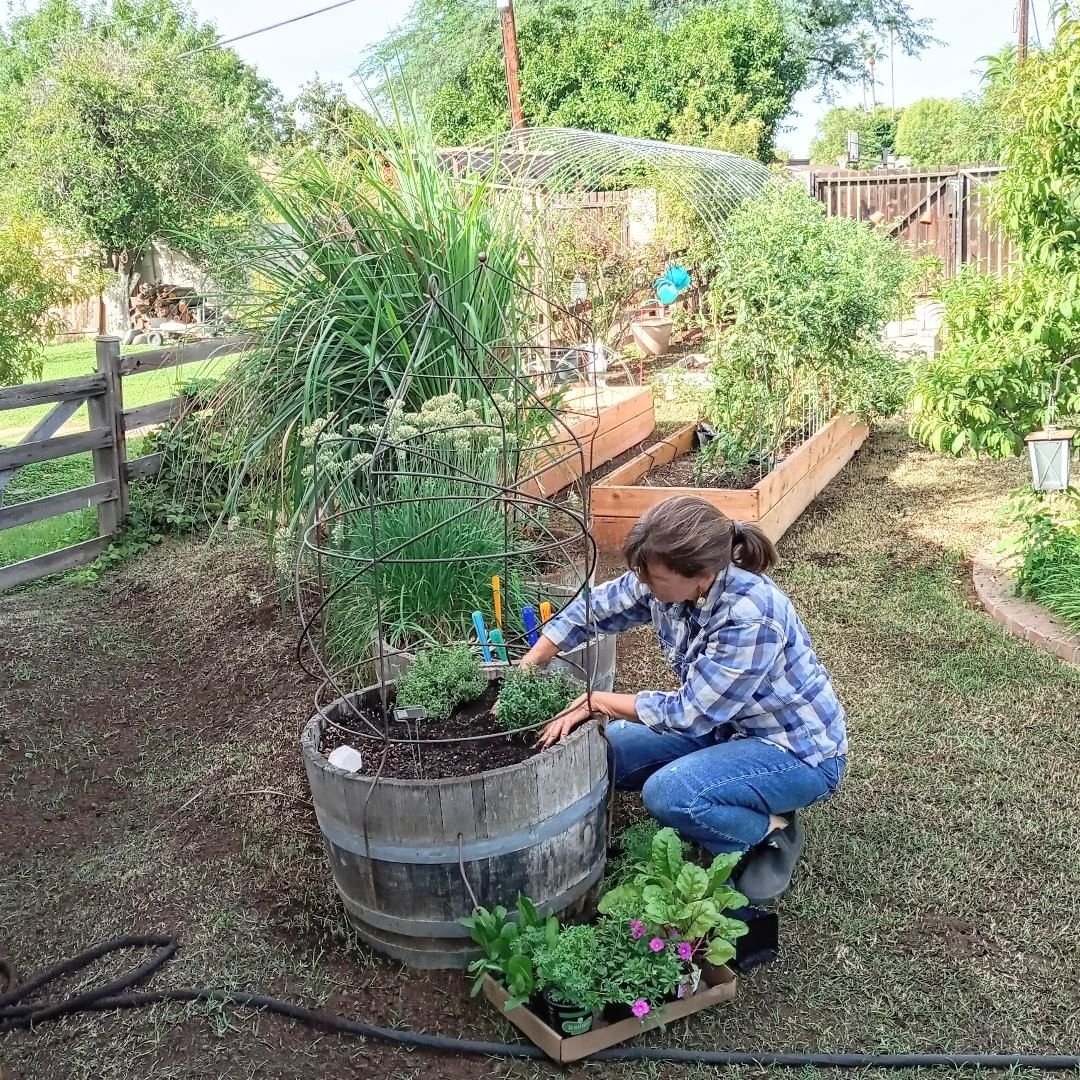
Choose a location that receives full sun exposure, as trailing petunias require at least 6-8 hours of direct sunlight per day. They can tolerate partial shade, but too much shade may result in fewer blooms and leggy growth.
Soil Preparation
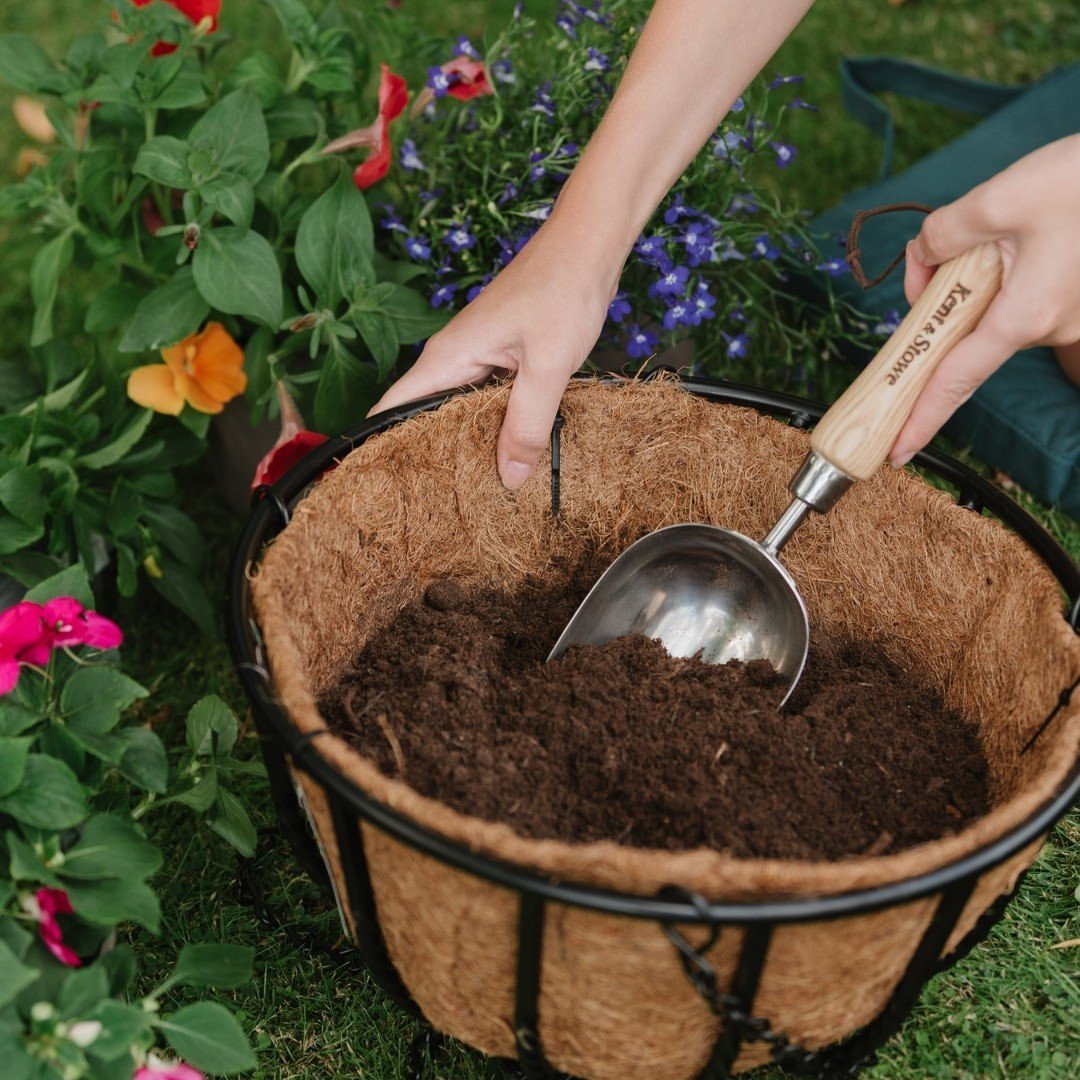
Trailing petunias prefer well-draining, nutrient-rich soil. Amend your garden bed or container with compost or well-rotted manure to improve soil quality and drainage. Aim for a slightly acidic soil pH between 5.5 and 6.0 for optimal growth.
Planting Depth and Spacing
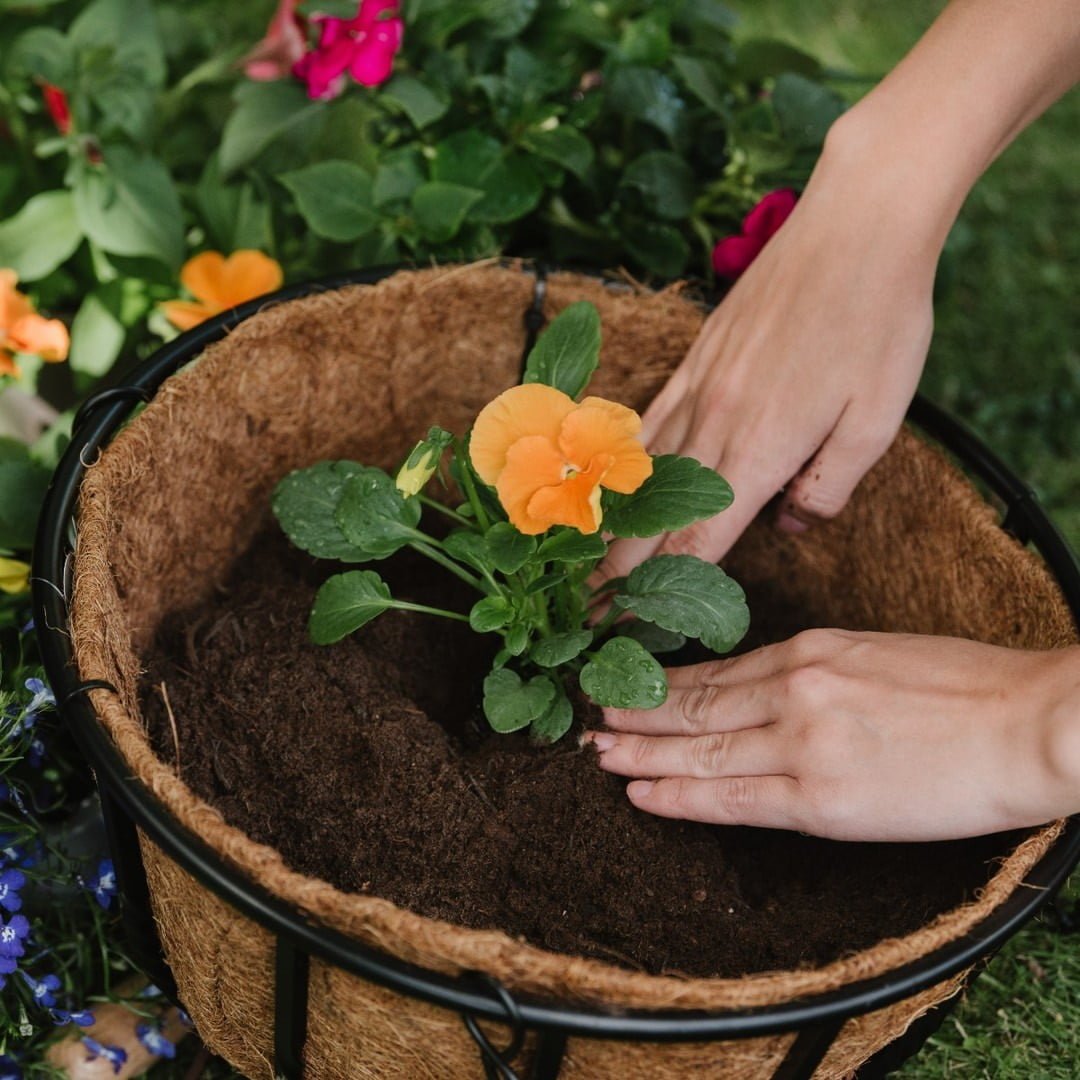
When planting trailing petunia seedlings or transplants, bury the root ball at the same depth as it was in the container, being careful not to bury the stem. Space plants 12-18 inches apart in garden beds or containers to allow for proper air circulation and growth.
Caring for Trailing Petunias
Proper care is essential to ensure your trailing petunias thrive and put on a stunning display. Here are some key care tips:
Watering
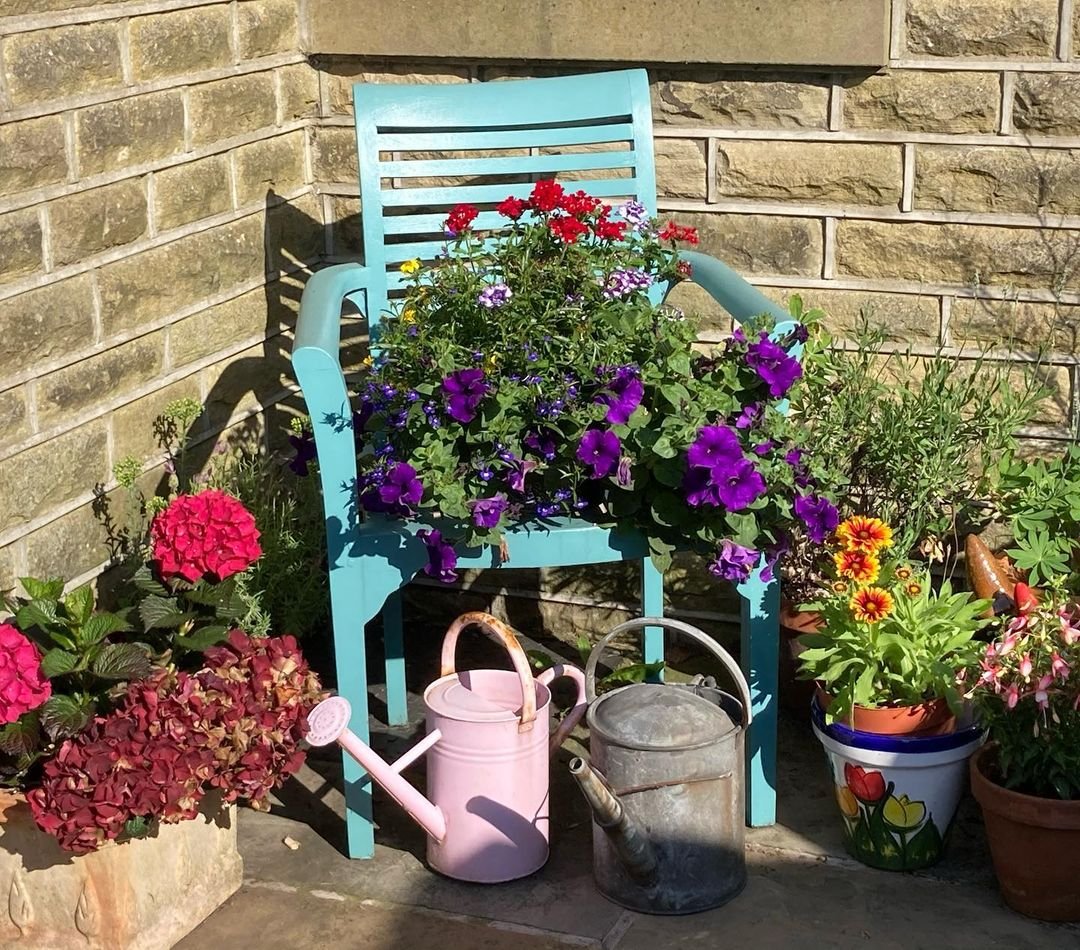
Trailing petunias require consistent moisture, especially during the hot summer months. Water the plants deeply, allowing the soil to dry out slightly between waterings. Avoid letting the soil become completely dry, as this can lead to wilting and reduced flowering.
Fertilizing
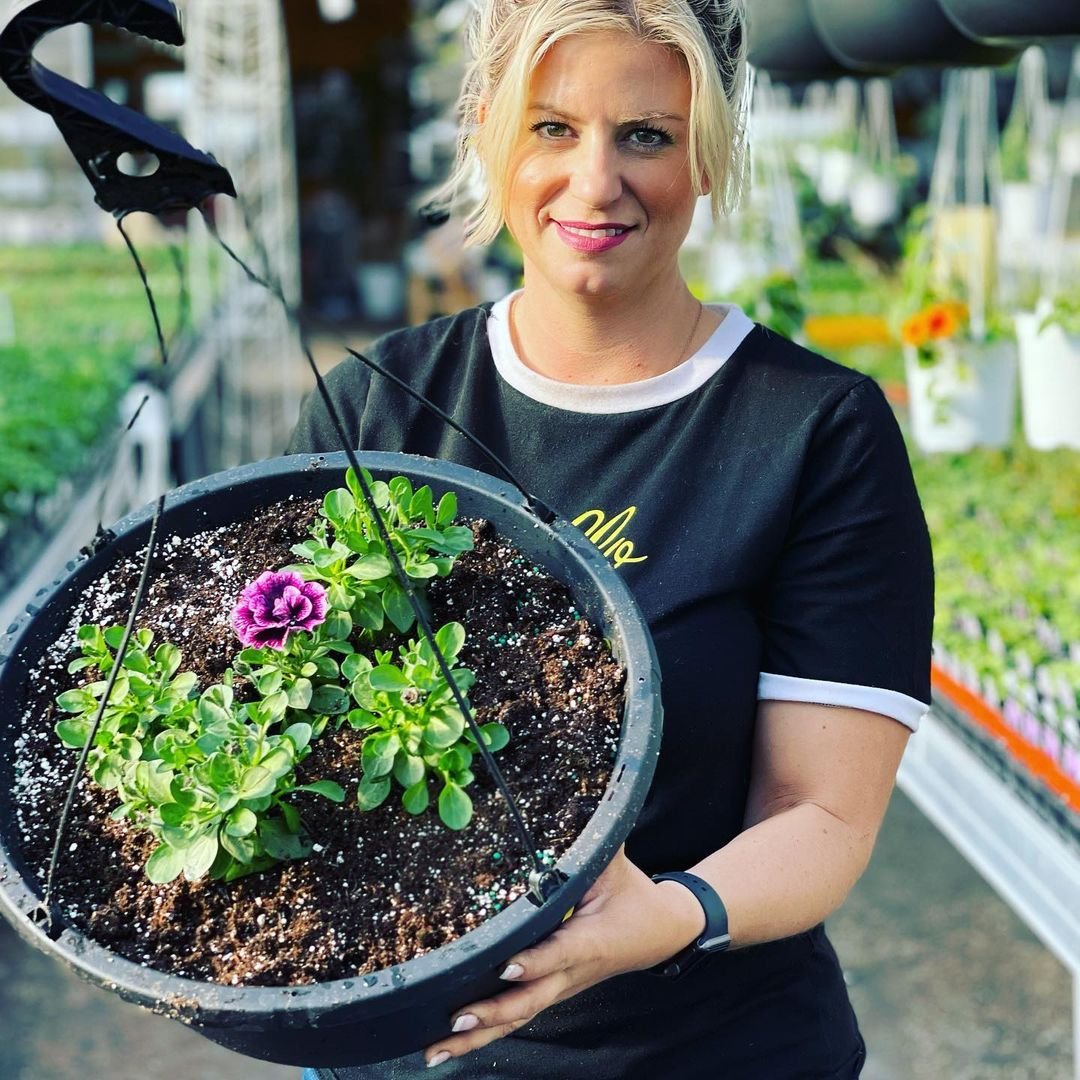
For optimal growth and abundant blooms, fertilize your trailing petunias every 4-6 weeks with a balanced, water-soluble fertilizer. Follow the manufacturer’s instructions for proper application rates.
Deadheading
Regularly remove spent flowers by pinching or cutting them off at the base of the stem. This process, known as deadheading, encourages the plant to produce more blooms and maintains a tidy appearance.
Pruning

To keep your trailing petunias looking their best, prune them lightly throughout the growing season. Remove any leggy or overgrown stems, as well as any yellowing or damaged foliage.
Overwintering
In colder climates (USDA zones 7 and below), trailing petunias are typically treated as annuals and replanted each year. However, in mild winter regions, they can be overwintered indoors by digging up the plants, potting them, and bringing them inside before the first frost.
Creating Stunning Displays with Trailing Petunias
Trailing petunias are incredibly versatile and can be incorporated into your garden or outdoor spaces in various ways. Here are some ideas to inspire you:
Hanging Baskets

Trailing petunias are a natural choice for hanging baskets, where their cascading blooms can spill over the sides, creating a stunning display of color and texture.
Window Boxes
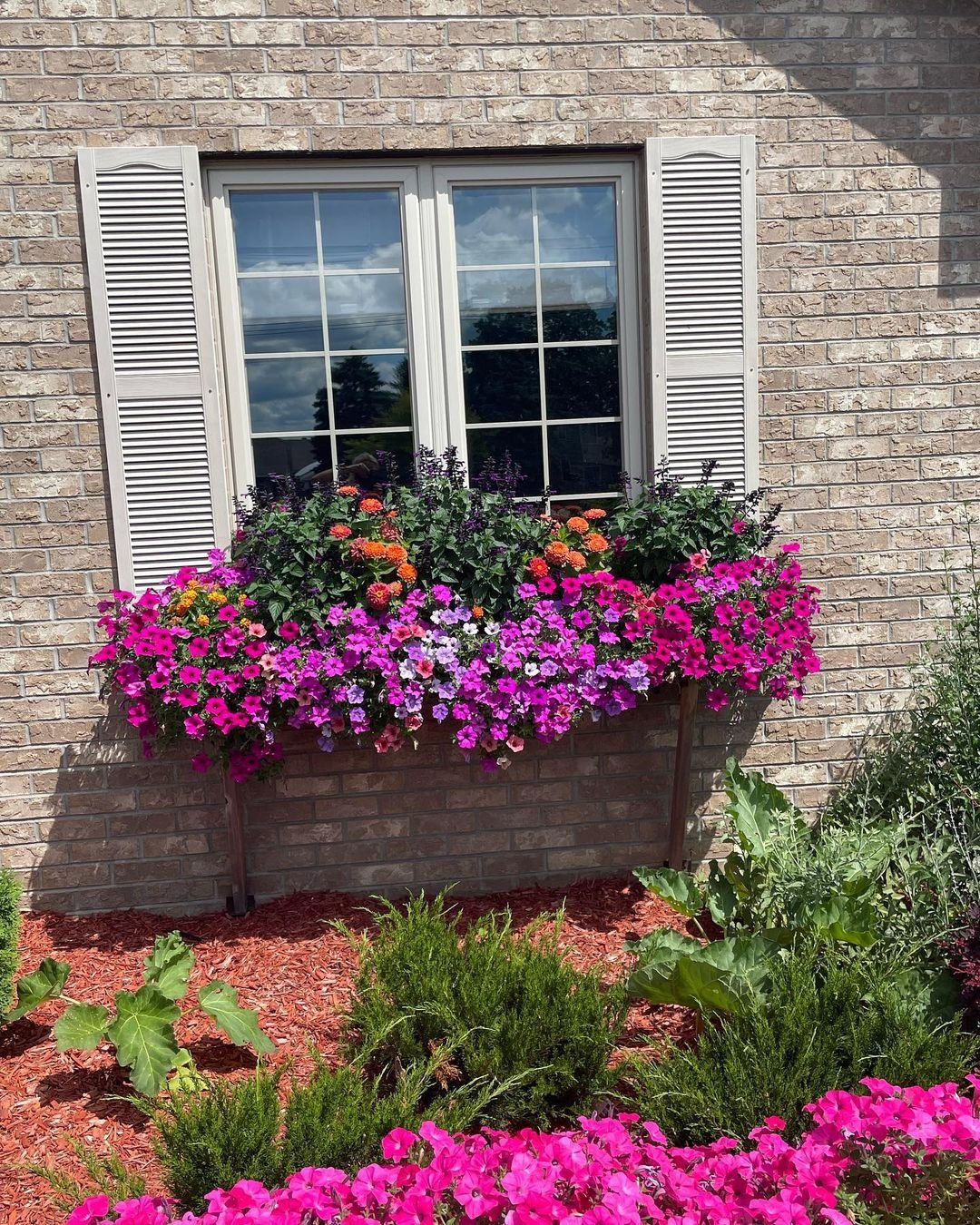
Plant trailing petunias in window boxes to add a splash of vibrancy to your home’s exterior. The trailing habit will create a beautiful, flowing effect that is sure to catch the eye.
Container Gardens
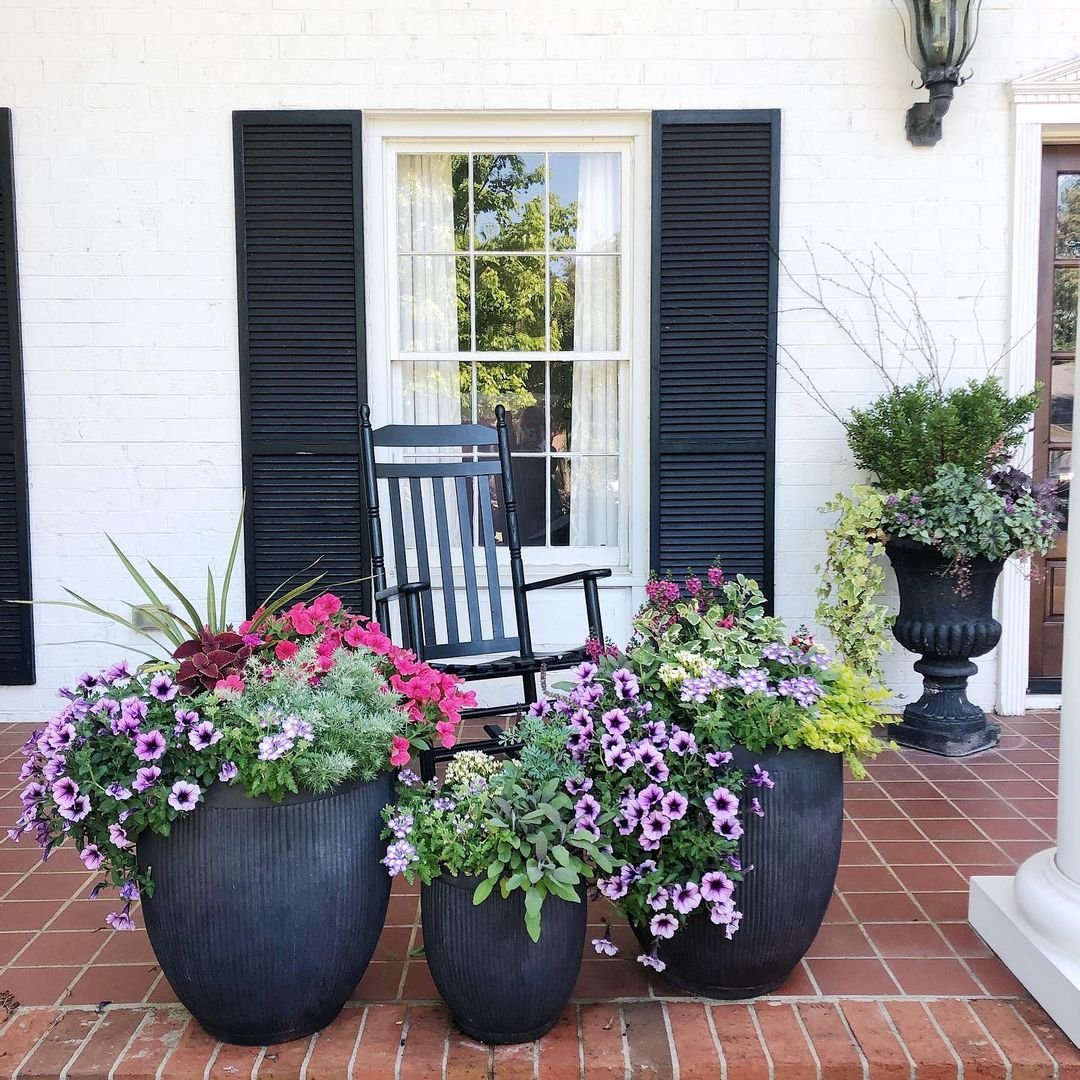
Incorporate trailing petunias into your container gardens for a burst of color and a cascading effect. Mix them with upright plants or combine different colors for a stunning display.
Garden Beds

While often used in containers, trailing petunias can also be planted in garden beds, where they can spill over the edges or be trained to cascade over retaining walls or raised beds.
Combination Planters
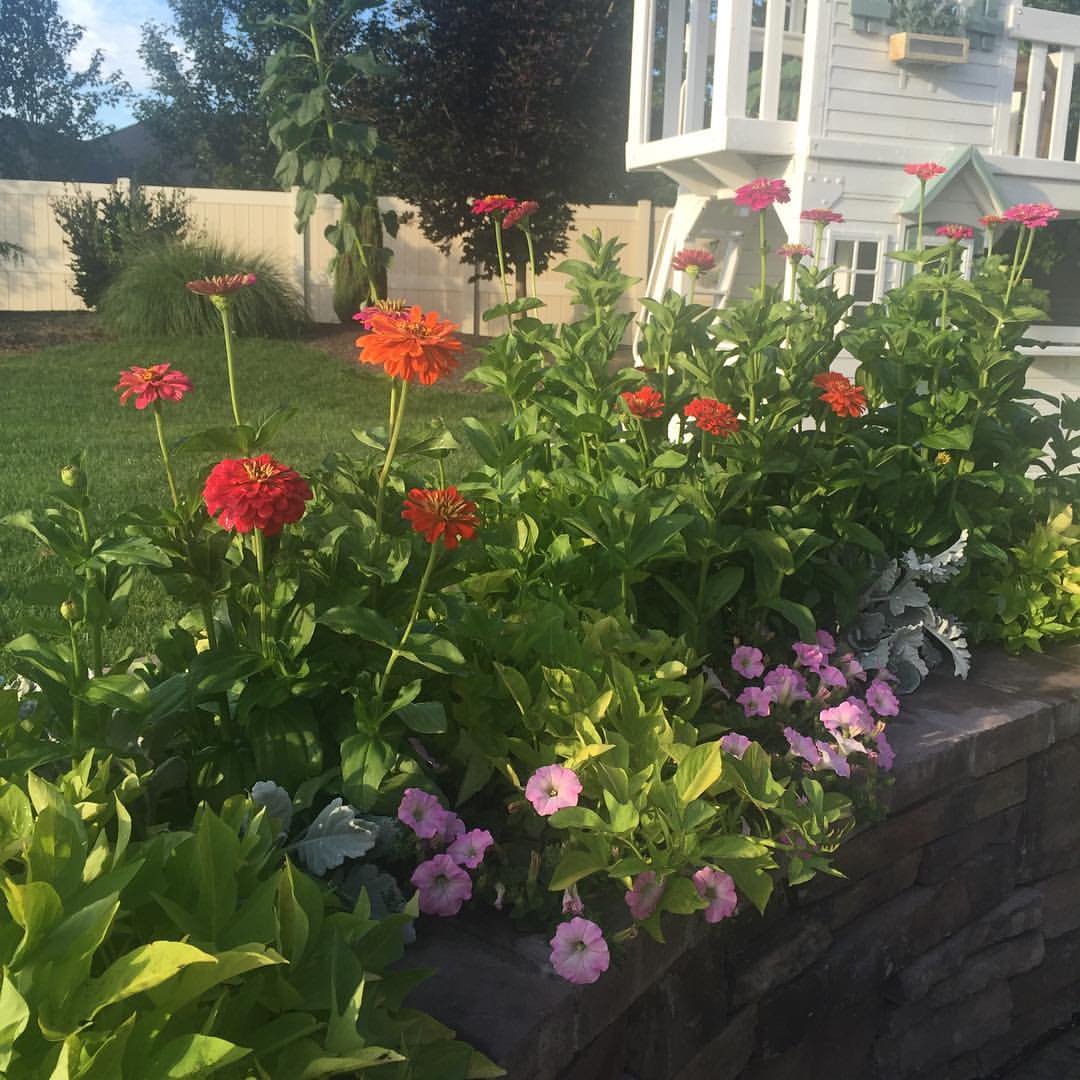
Combine trailing petunias with other complementary plants, such as upright petunias, geraniums, or trailing foliage plants, to create stunning combination planters that will captivate the senses.
Troubleshooting Common Issues
While generally low-maintenance, trailing petunias can sometimes encounter a few common issues. Here are some tips for addressing them:
Leggy Growth
If your trailing petunias appear leggy or stretched out, it’s likely due to insufficient light. Prune the leggy stems and move the plants to a sunnier location or supplement with grow lights.
Pests and Diseases
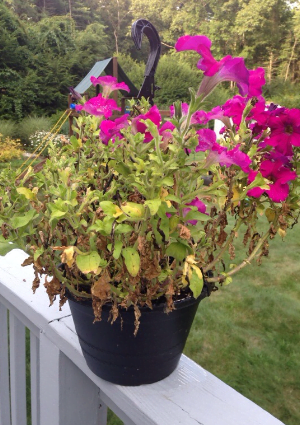
Trailing petunias can be susceptible to common pests like aphids, whiteflies, and spider mites, as well as fungal diseases like botrytis or powdery mildew. Regularly inspect your plants and take appropriate action using insecticidal soaps, horticultural oils, or fungicides if needed.
Wilting
If your trailing petunias are wilting despite regular watering, it could be due to several factors, including root rot, excessive heat, or nutrient deficiencies. Check the soil moisture and drainage, provide adequate shade during the hottest parts of the day, and consider applying a balanced fertilizer.
Conclusion
Trailing petunias are truly a gardener’s delight, offering a cascading array of vibrant colors and textures that can elevate any outdoor space. By following the guidance in this article, you’ll be well-equipped to grow and enjoy these stunning plants in your own garden or containers.
Remember to provide the right growing conditions, consistent care, and creative display options to showcase their unique beauty. Embrace the cascading charm of trailing petunias, and let their flowing blooms add a touch of whimsy and elegance to your outdoor oasis.
Pingback: Growing Trailing Petunias: A Comprehensive Guid...
Pingback: Floss Flower Planting and Growing Tips for Beginners
Pingback: Fringe Flowers in Your Garden: Expert Planting and Care Advice